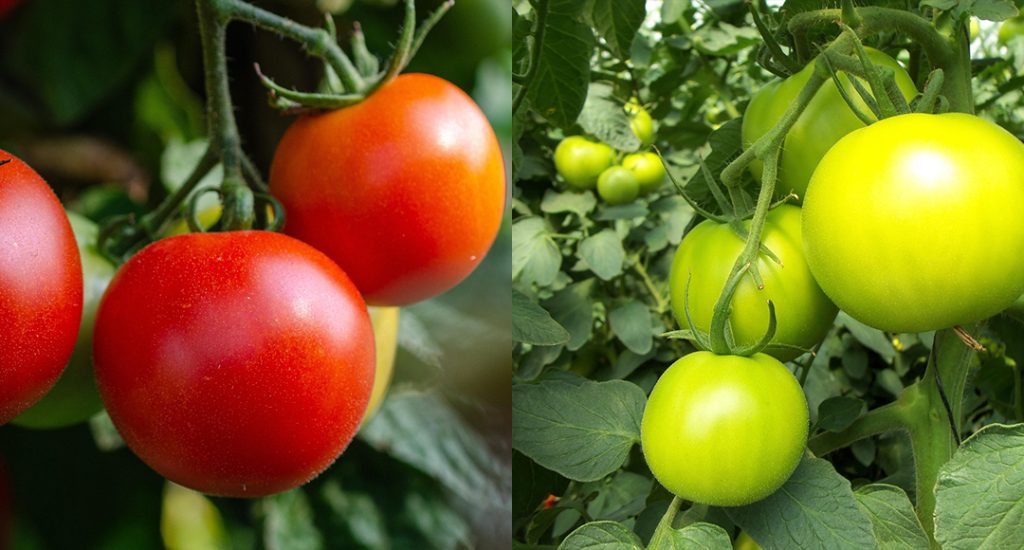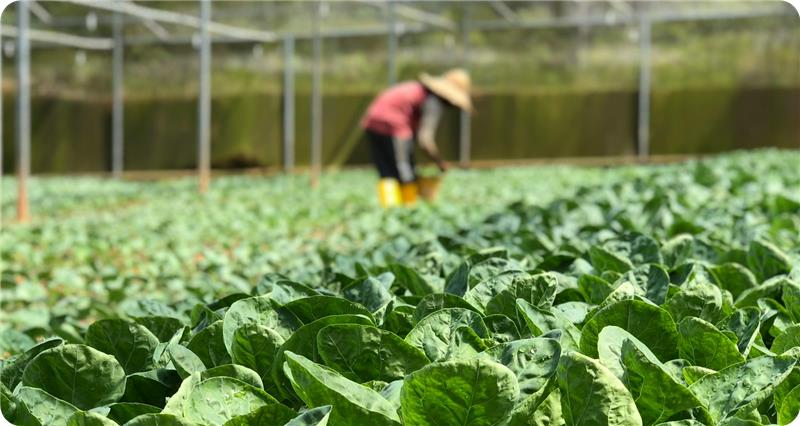No backyard? No worries! You can still enjoy fresh, homegrown tomatoes—whether you live in an apartment or have limited outdoor space. Growing tomatoes in pots is easy, rewarding, and ideal for balconies, patios, or sunny windows. Here’s all you need to know to begin.
1. Choose the Right Tomato Variety
Not all tomatoes are suited for container gardening, so it’s important to choose compact or dwarf varieties that do well in pots. Some excellent options include:
- Cherry Tomatoes – Varieties like Tiny Tim or Sweet 100 are compact and prolific, ideal for small gardens or containers.
- Bush Tomatoes – Types such as Bush Early Girl or Patio Princess are bred for small spaces and grow well in pots.
- Determinate Varieties – These tomatoes grow to a fixed size and yield their entire crop at once, making them perfect for limited garden areas.

2. Pick the Right Pot
Tomatoes need room to grow—especially their roots. Choose a pot that’s:
- Minimum size of 5 gallons, with larger sizes preferred
- Ensure proper drainage with holes to prevent water accumulation.
- Made of plastic, ceramic, or fabric (all work well)
Tip: If you’re growing indeterminate varieties (which grow continuously), go for a 10–15 gallon pot.
3. Use Good-Quality Potting Mix
Skip garden soil—it’s too dense for pots. Use a lightweight potting mix that retains moisture while allowing for proper drainage. A mix that contains compost, peat moss or coco coir, and perlite is ideal. You can also mix in some slow-release organic fertilizer before planting for a strong start.
4. Give Them Plenty of Sun
Tomatoes love the sun—6 to 8 hours of direct sunlight a day is a must. Place your pot in the sunniest spot you can find: a balcony, porch, or even a sunny windowsill.
If sunlight is limited, consider using a grow light indoors to supplement.
5. Water Smart
Tomatoes grown in pots dry out more quickly than those planted in the ground. Keep the soil consistently moist, but avoid overwatering. Water deeply until it runs out of the drainage holes, then let the top inch of soil dry out before watering again.
6. Feed Your Tomatoes
Tomatoes are heavy feeders. Use a liquid tomato fertilizer every 2–3 weeks once flowers start to appear. Look for a balanced blend or one slightly higher in phosphorus (the middle number on the label) to support fruiting.
7. Support Your Plants
Even in a pot, tomatoes need support. Use a small tomato cage, stake, or trellis to keep them upright and prevent branches from breaking under the weight of fruit.
8. Watch for Pests and Problems
Look out for common problems such as:
- Aphids – treat with a gentle spray of soapy water
- Blight or mildew – avoid watering the leaves and improve air circulation
- Cracked fruit – caused by irregular watering; keep it consistent
Growing tomatoes in pots is simpler than you might expect—and very rewarding. You don’t need a big garden to enjoy fresh, sun-ripened tomatoes at home. With the right care, even a single sunny corner can become your mini tomato farm.
Ready to get started? Pick your pot, grab a tomato seedling, and start growing today. Your future salads and pasta sauces will thank you!













